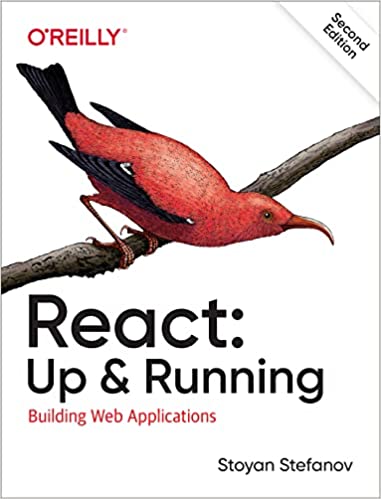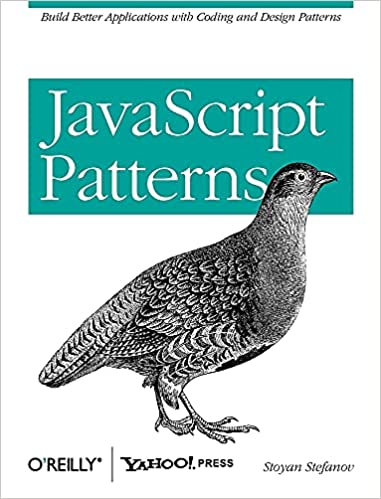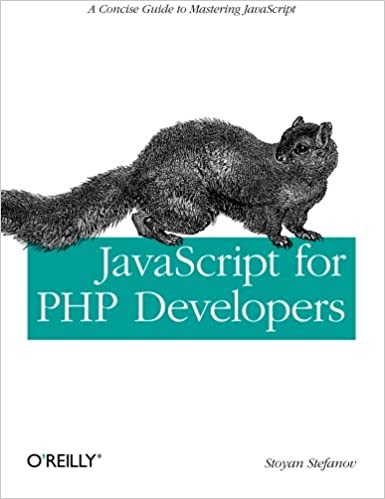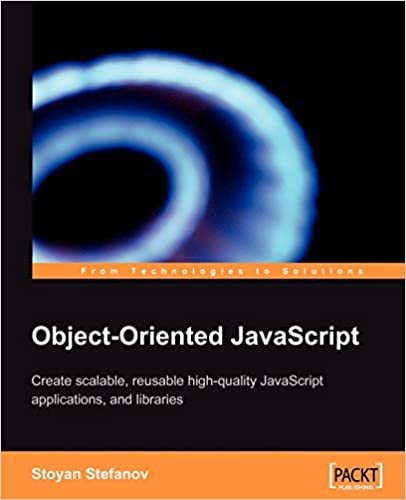TL;DR: Loading JavaScript asynchronously is critical for the performance of your web app. Below is an idea how to do it for the most common social buttons out there so you can make sure these don't interfere with the loading of the rest of your content. After all people need to see your content first, then decide if it's share-worthy.
Japanese translation by Koji Ishimoto is here
Facebook now offers a new asynchronous snippet to load the JavaScript SDK, which lets you load social plugins (e.g. Like button) among doing other more powerful things.
It has always been possible to load the JS SDK asynchronously but since recently it's the default. The code looks pretty damn nice (I know, right!), here's how it looks like (taken from here):
(function(d, s, id) { var js, fjs = d.getElementsByTagName(s)[0]; if (d.getElementById(id)) {return;} js = d.createElement(s); js.id = id; js.src = "//connect.facebook.net/en_US/all.js#xfbml=1"; fjs.parentNode.insertBefore(js, fjs); }(document, 'script', 'facebook-jssdk'));
Some nice steal-me JS patterns here:
- immediate (self-invoking) function so not to bleed vars into global namespace
- pass oft-used objects (
document) and strings ("script", "facebook-jssdk") to the immediate function. Sort of rudimentary manual minification, while keeping the code readable - append script node by using the first available
scriptelement. That's 99.99% guaranteed to work unless all your code is inbody onload="..."or img onload or something similar (insanity, I know, but let's allow generous 0.01% for it) - assign an ID to the node you append so you don't append it twice by mistake (e.g. like button in the header, footer and article)
All buttons' JS files
Other buttons exist, most notably the Twitter and Google+1 buttons. Both of these can be loaded with async JavaScript whether or not this is the default in their respective configurators.
So why not make them all get along and shelter them under the same facebook immediate function? We'll save some bytes and extra script tags in the HTML. For G+/T buttons all we need is a new script node. Google+'s snippet has some additional attribs such as type and async, but these are not really needed. Because type is always text/javascript and async is always true. Plus we kinda take care of the async part anyways.
The end result:
<div id="fb-root"></div> <script>(function(d, s, id) { // fb + common var js, fjs = d.getElementsByTagName(s)[0]; if (d.getElementById(id)) {return;} js = d.createElement(s); js.id = id; js.src = "//connect.facebook.net/en_US/all.js#xfbml=1"; fjs.parentNode.insertBefore(js, fjs); // +1 js = d.createElement(s); js.src = 'https://apis.google.com/js/plusone.js'; fjs.parentNode.insertBefore(js, fjs); // tweet js = d.createElement(s); js.src = '//platform.twitter.com/widgets.js'; fjs.parentNode.insertBefore(js, fjs); }(document, 'script', 'facebook-jssdk'));</script>
So this thing loads all three JS files required by the three buttons/plugins.
Additionally we can wrap the node creation/appending part into a function. So all the code is tighter. Here's the final snippet:
<div id="fb-root"></div><!-- fb needs this --> <script>(function(d, s) { var js, fjs = d.getElementsByTagName(s)[0], load = function(url, id) { if (d.getElementById(id)) {return;} js = d.createElement(s); js.src = url; js.id = id; fjs.parentNode.insertBefore(js, fjs); }; load('//connect.facebook.net/en_US/all.js#xfbml=1', 'fbjssdk'); load('https://apis.google.com/js/plusone.js', 'gplus1js'); load('//platform.twitter.com/widgets.js', 'tweetjs'); }(document, 'script'));</script>
All buttons' markup
Next is actually advising the scripts where the widgets should be rendered. Facebook offers XFBML syntax, with tags such as <fb:like>, but it also offers pure HTML(5) with data-* attributes. Luckily, so do all others.
Here's an example:
<!-- facebook like --> <div class="fb-like" data-send="false" data-width="280"></div> <!-- twitter --> <a class="twitter-share-button" data-count="horizontal">Tweet</a> <!-- g+ --> <div class="g-plusone" data-size="medium"></div>
G+ requires a div element (with g-plusone class name), Twitter requires an a (with a twitter-share-button class name). Facebook will take any element you like with a fb-like class name (or fb-comments or fb-recommendations or any other social plugin you may need)
Also very important to note that you can (and should) load the JS files once and then render as many different buttons as you need. In Facebook's case these can be any type of plugin, not just like buttons. Economy of scale - on JS file, many plugins.
All together now
So here's the overall strategy for loading all those buttons.
- Copy the JS above at the bottom of the page right before
/bodyjust to be safe (G+ failed to load when the markup is after the JS). This will also help you make sure there should be only one place to load the JS files, although the snippet takes cares of dedupe-ing. - sprinkle plugins and buttons any way you like anywhere on your pages using the appropriate configurator to help you deal with the data-* attributes (FB, G+, Tw)
- Enjoy all the social traffic you deserve!
To see it all in action - go to my abandoned phonydev.com blog. Yep, those buttons play nice in mobile too.
Comments? Feedback? Find me on Twitter, Mastodon, Bluesky, LinkedIn, Threads




